
Screw Air Compressors for Ceramic Industries
Loitha specializes in providing screw air compressor solutions tailored to the demanding needs of the ceramic industry, which
In the list of importers – 45 countries: Germany, Spain, Italy, Poland,
Portugal, Turkey, South Korea, Japan, etc.
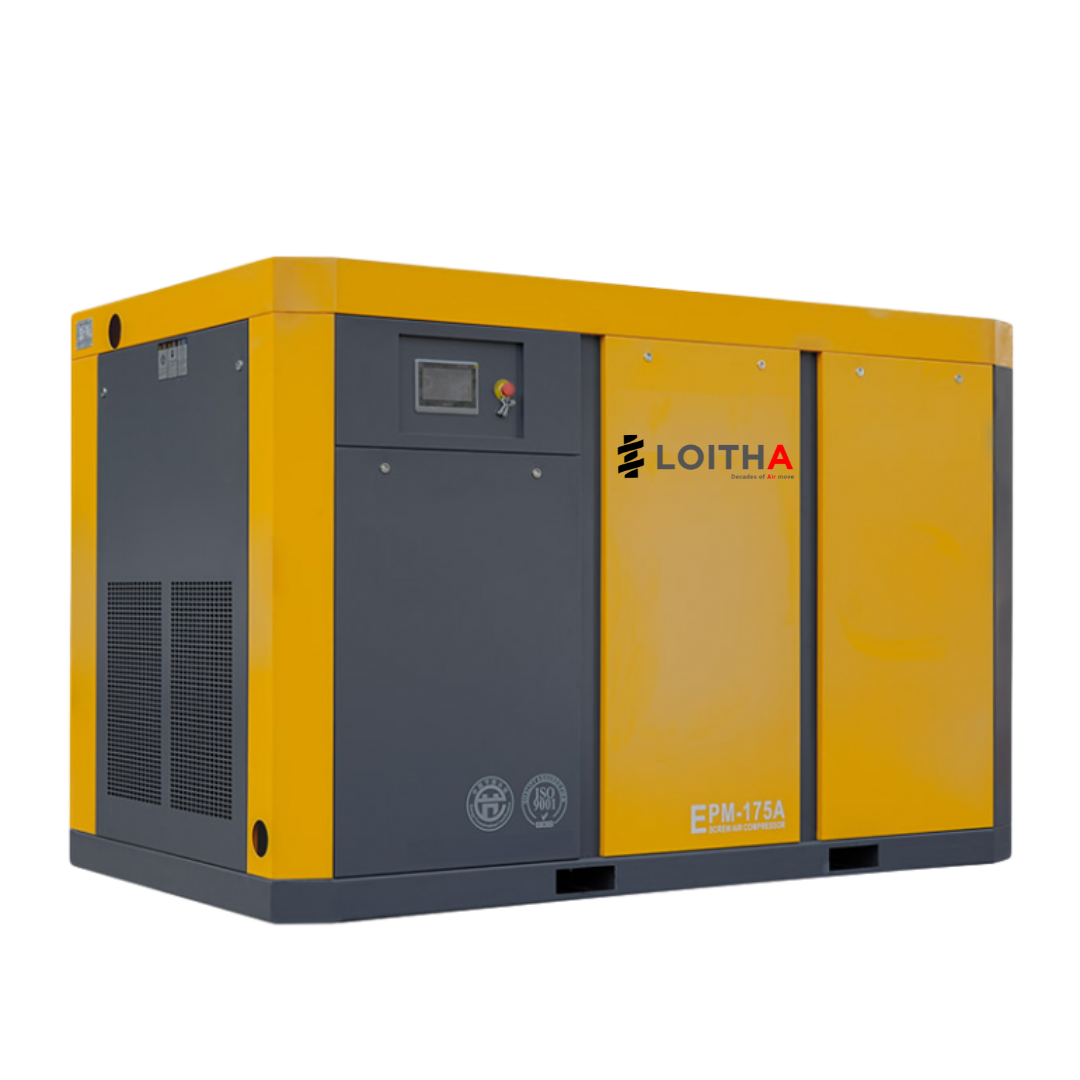
A Permanent Magnetic Variable Speed Drive (VSD) Air Compressor is an advanced type of air compressor designed for energy efficiency and performance optimization.

A Variable Speed Drive (VSD) Screw Air Compressor is a modern, energy-efficient solution designed to provide compressed air by using a rotary screw mechanism.
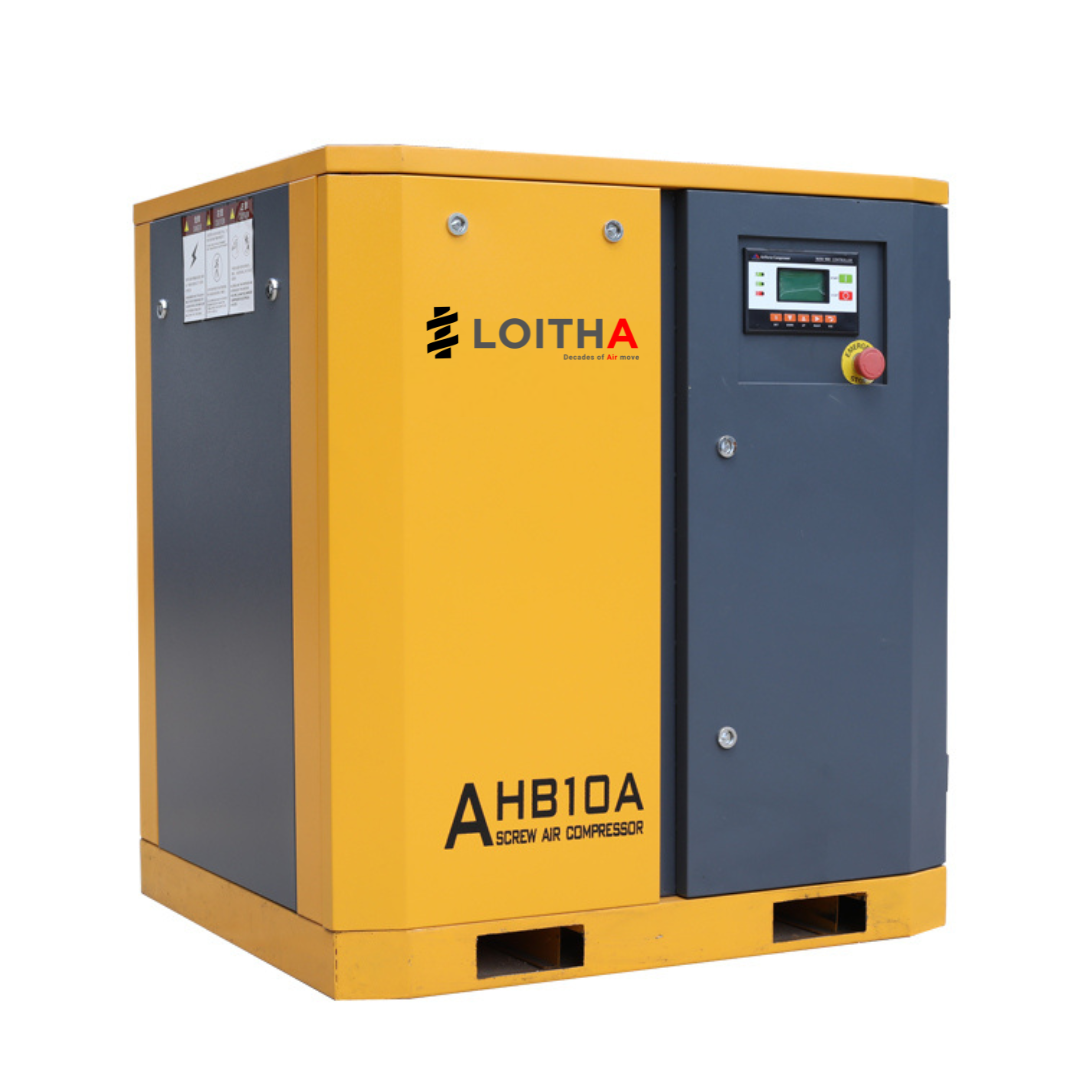
A Belt Driven Screw Compressor is a type of rotary screw air compressor that uses a belt and pulley system to transfer power from the motor to the compressor's screws.

A Direct Driven Screw Compressor is a type of rotary screw air compressor where the motor is directly coupled to the compressor's screws without using belts or pulleys.
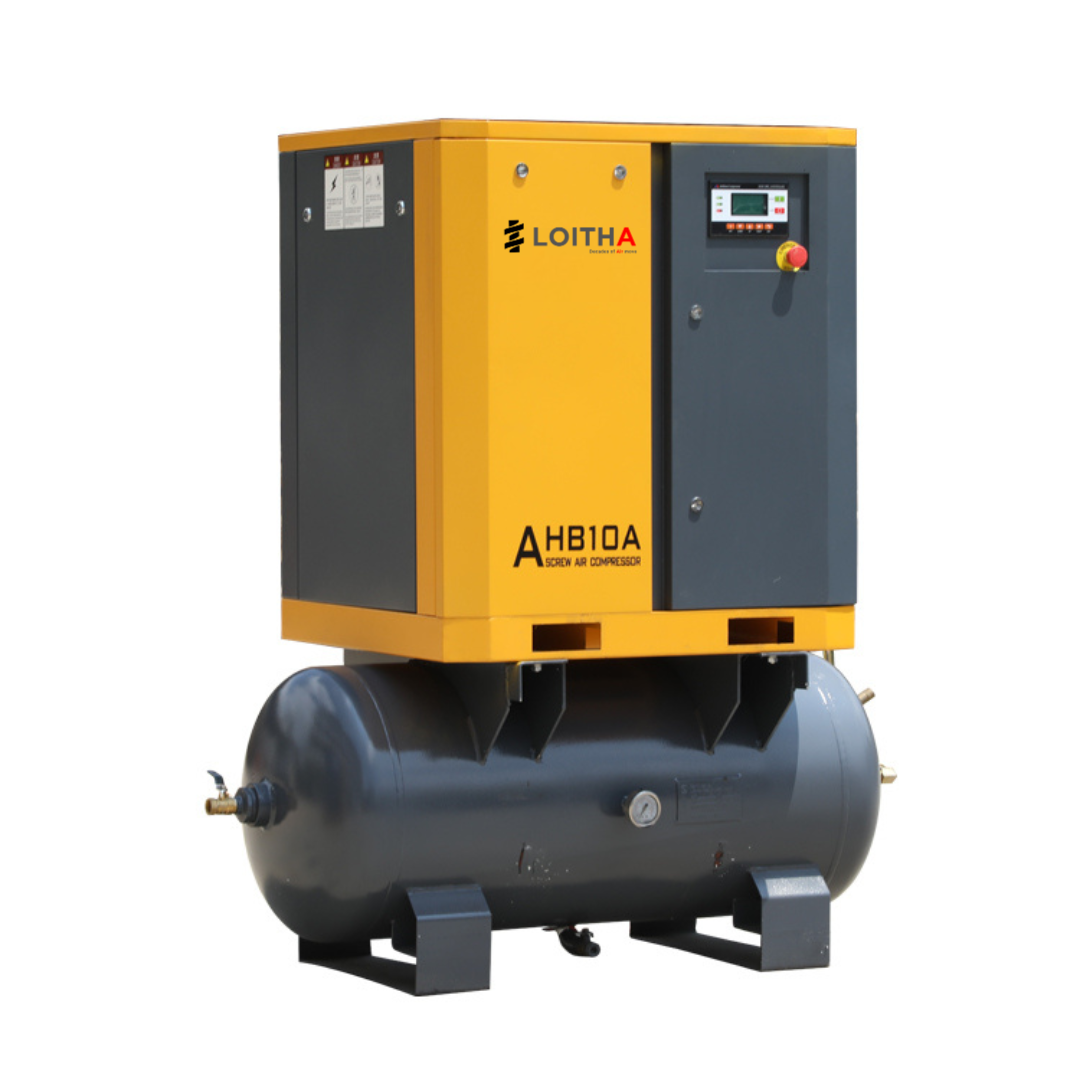
A Tank Mounted Screw Compressor is a compact and efficient compressed air solution that combines a rotary screw air compressor with an air storage tank.
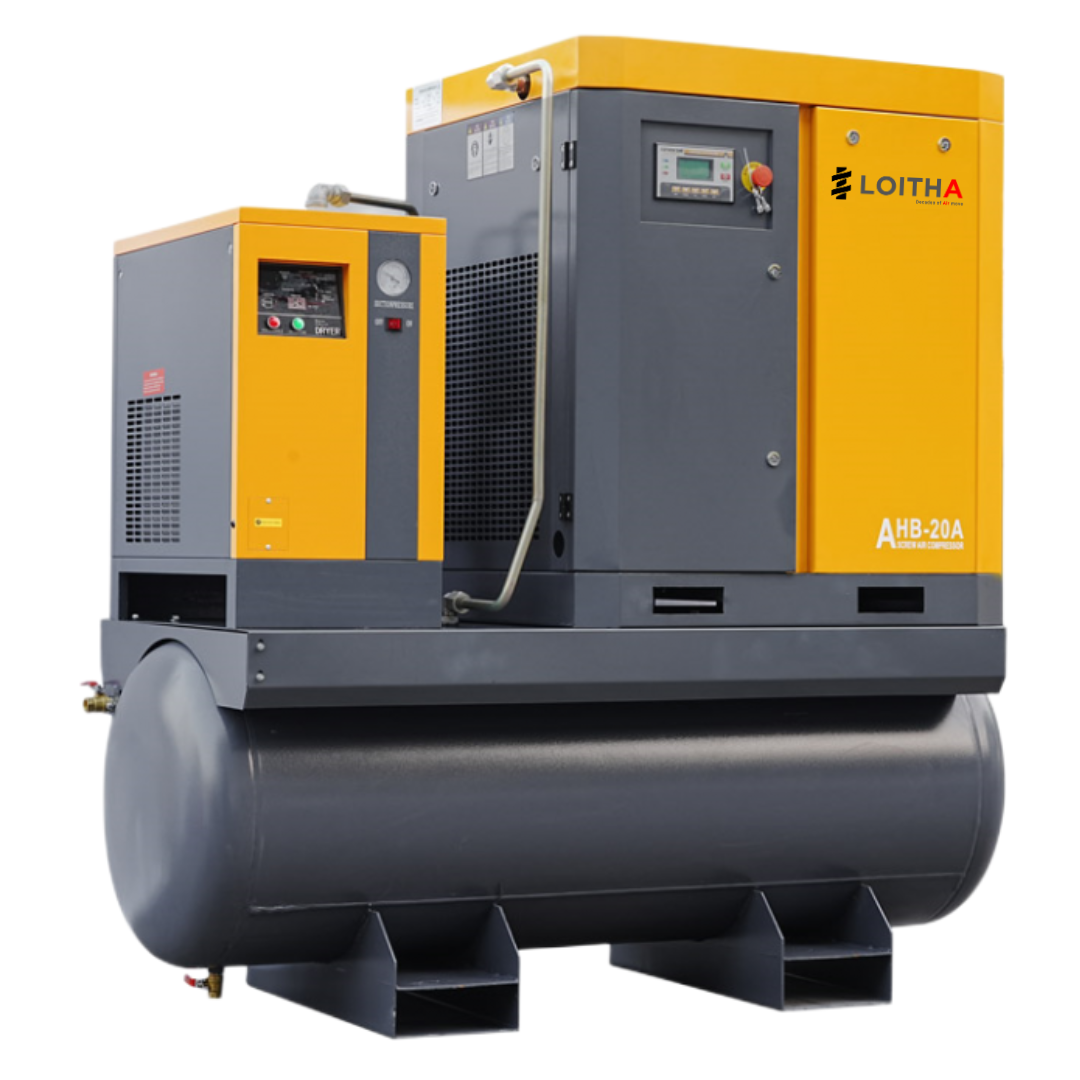
A Tank and Dryer Mounted Screw Compressor is a fully integrated air compression system that combines a rotary screw air compressor, an air storage tank, and an air dryer into a single unit.
Lorem ipsum dolor sit amet, consectetur adipiscing elit. Ut elit tellus, luctus nec ullamcorper mattis, pulvinar dapibus leo.
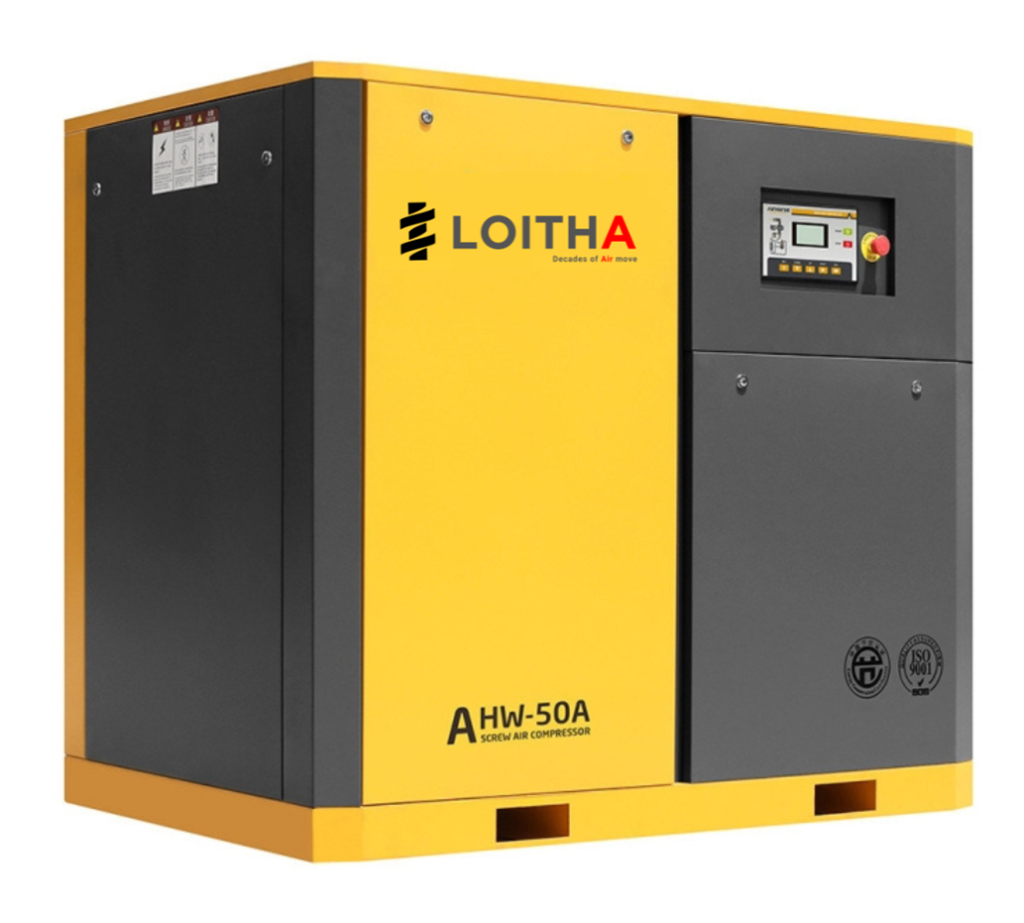
Lorem ipsum dolor sit amet, consectetur adipiscing elit. Ut elit tellus, luctus nec ullamcorper mattis, pulvinar dapibus leo.

Lorem ipsum dolor sit amet, consectetur adipiscing elit. Ut elit tellus, luctus nec ullamcorper mattis, pulvinar dapibus leo.

Lorem ipsum dolor sit amet, consectetur adipiscing elit. Ut elit tellus, luctus nec ullamcorper mattis, pulvinar dapibus leo.

Lorem ipsum dolor sit amet, consectetur adipiscing elit. Ut elit tellus, luctus nec ullamcorper mattis, pulvinar dapibus leo.
Begining of Journey
Introduction of Revolutional Technology
New Factory Production
Agreement signed with PPFGH
GoldenTex Award
Collaboration with OOKLPL
LOITHA is a leading group of companies committed to consolidating our position in the global market. We specialize in providing innovative air solutions for every industry across multiple countries. Recognized as your trusted partner of Air Compressor, LOITHA stands out as one of India’s top manufacturers, known for our quality engineering and established reputation in the global engineering sector.
With over 10 years of industry experience, Loitha is committed to becoming the world’s leading compressor and energy-saving technology company. The company has achieved ISO9001:2000 quality system certification, ISO14001 environmental quality system certification, and holds CE, UL, ASME, and various other certifications.
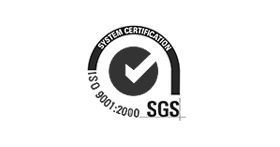
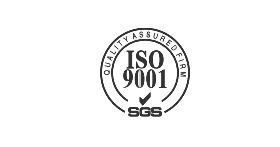



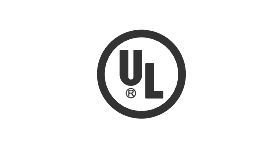

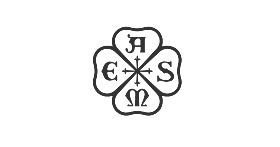




Loitha specializes in providing screw air compressor solutions tailored to the demanding needs of the ceramic industry, which
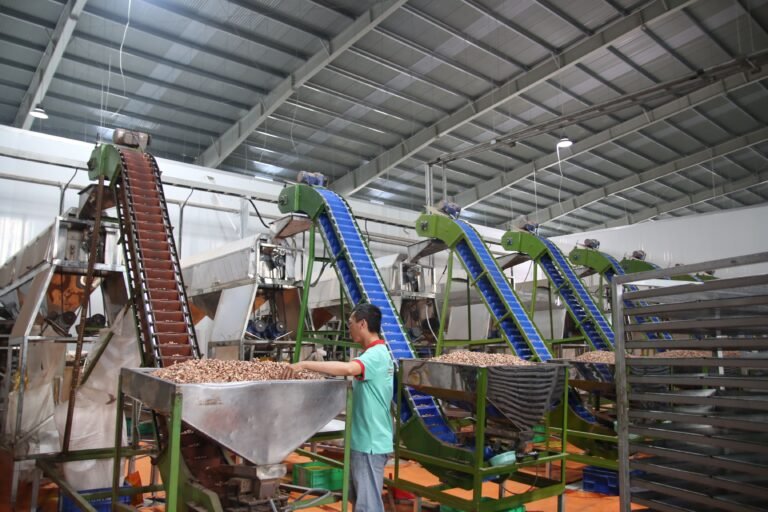
Loitha Air Compressor for Cashew Peeling Machine plays a critical role in Cashew Peeling Machine ensuring that the

Screw air compressors are widely used across various industries due to their efficiency, reliability, and advanced technology. Here
EXCELLENTTrustindex verifies that the original source of the review is Google. Best in class service provider in the field of sales and service of screw air compressors, Engineers and spares easily available.. Good management & very well organized with young & experienced guys & product Loitha compressor is awesome.Trustindex verifies that the original source of the review is Google. Good quality, Operating system easy to understand, Service staf very supportive and guided ThanksTrustindex verifies that the original source of the review is Google. We are using Tank Mountain Air compressor at our constructing site since last 6 month, and now i am sharing my view, it's working accurately without any issue, noise also very silently. one concern is that we got delivery by One Week delay, Team need to address this Thank Jaydip Sir and Loitha Air Compressor TeamTrustindex verifies that the original source of the review is Google. Best Quality Air Compressors Product of Loitha and Good Services and InstallationTrustindex verifies that the original source of the review is Google. Good Quality Air Compressor and Best Services by Loitha teamTrustindex verifies that the original source of the review is Google. Best product for this segment and good service provide by loitha air compressorTrustindex verifies that the original source of the review is Google. Good quality Air Compressor, Services team also very supportiveTrustindex verifies that the original source of the review is Google. Good Air compressor, Working Silently, Installation service also goodTrustindex verifies that the original source of the review is Google. Good Quality of Air Compressors and best servicesTrustindex verifies that the original source of the review is Google. Good Air Compressor, Service staff also supportive

An air compressor is a mechanical device that increases the pressure of air by reducing its volume. It works by drawing in air and compressing it to a higher pressure, which is then used to power various tools, machinery, and systems.
There are several types of air compressors, including:
Reciprocating (Piston) Air Compressors: These use a piston to compress air in a cylinder.
Rotary Screw Air Compressors: These use two interlocking screws to compress air.
Centrifugal Air Compressors: These use a rotating impeller to accelerate and compress air.
Scroll Air Compressors: These use two spiral-shaped disks to compress air.
Consider the following factors:
Flow Rate (CFM): How much air you need to move (measured in Cubic Feet per Minute, CFM).
Pressure (PSI): The pressure required for the tools or equipment you intend to power.
Duty Cycle: Whether the compressor will be used for continuous operation or intermittent use.
Power Source: Electric, gasoline, or diesel-powered compressors.
Tank Size: A larger tank allows for longer operation between cycles.
Regular maintenance includes:
Oil Changes (for oil-lubricated compressors).
Air Filter Replacement: To keep the intake air clean.
Drainage of Condensation: To prevent rust and moisture buildup in the tank.
Inspection of Belts, Hoses, and Connections: To prevent leaks and ensure proper function.
Check and Replace Seals: To avoid air leaks and maintain efficiency.